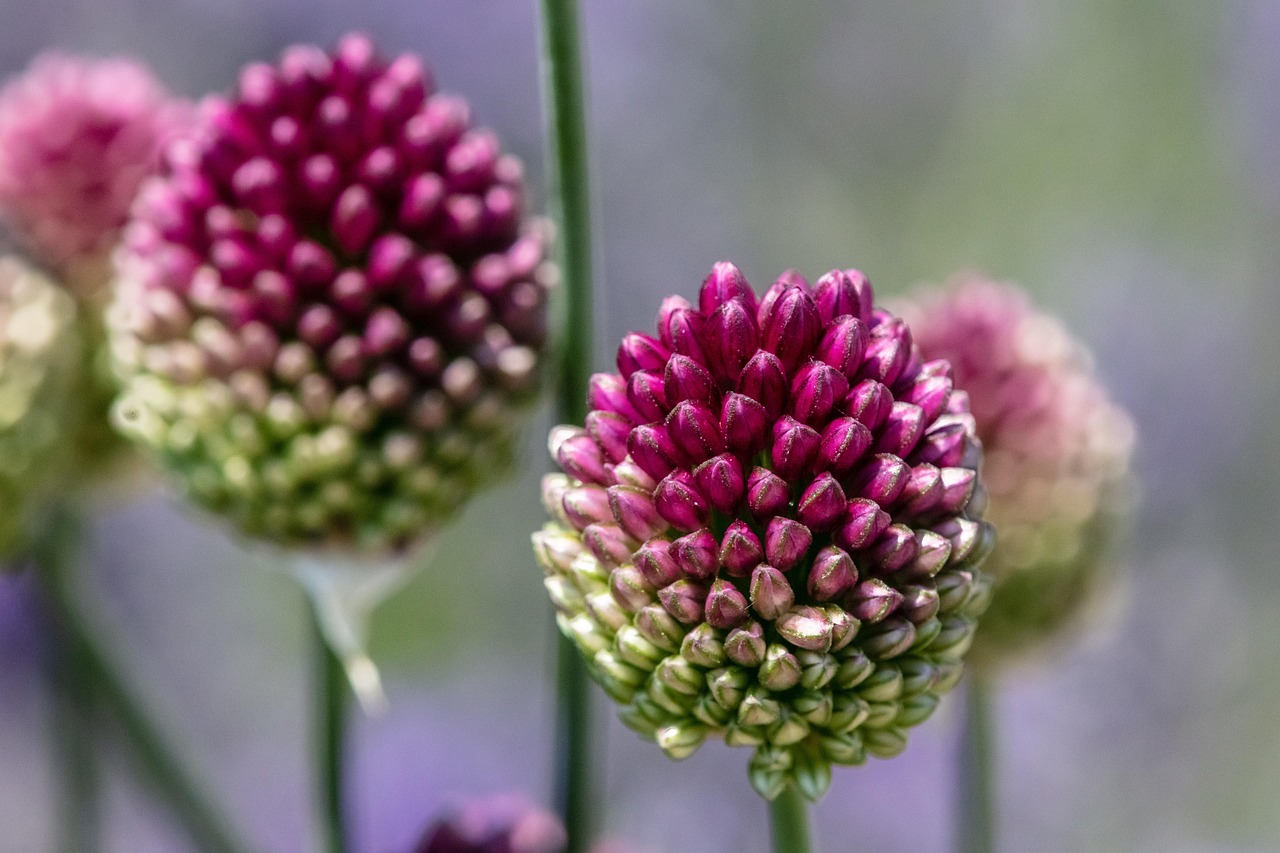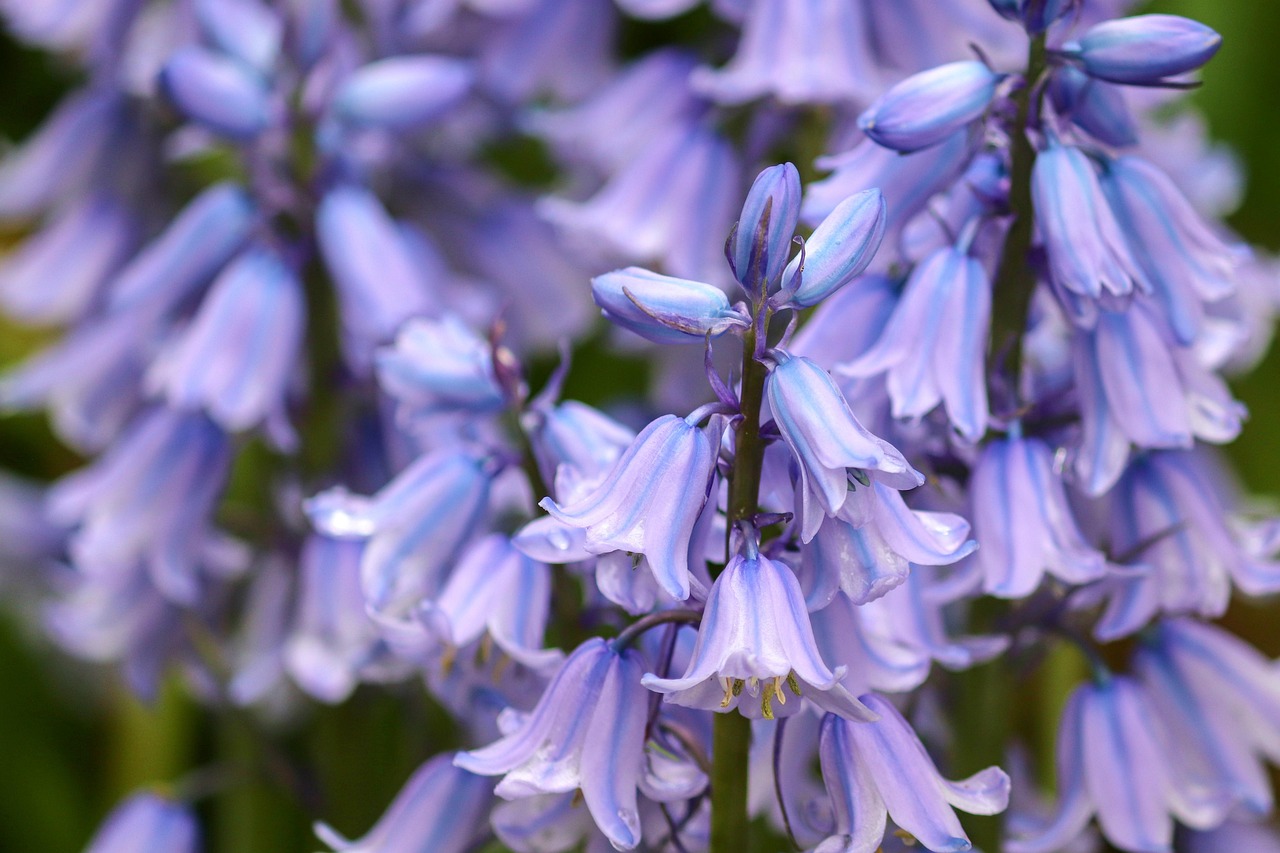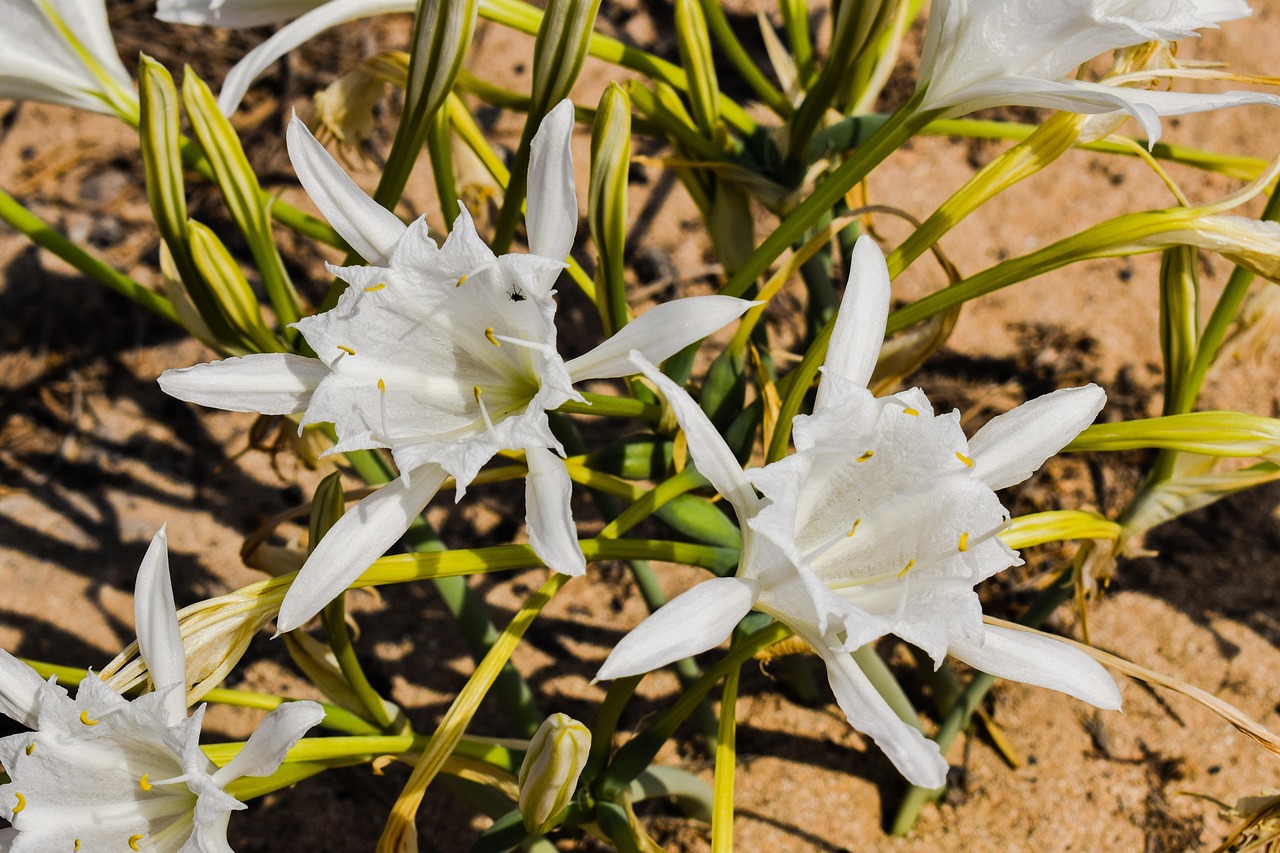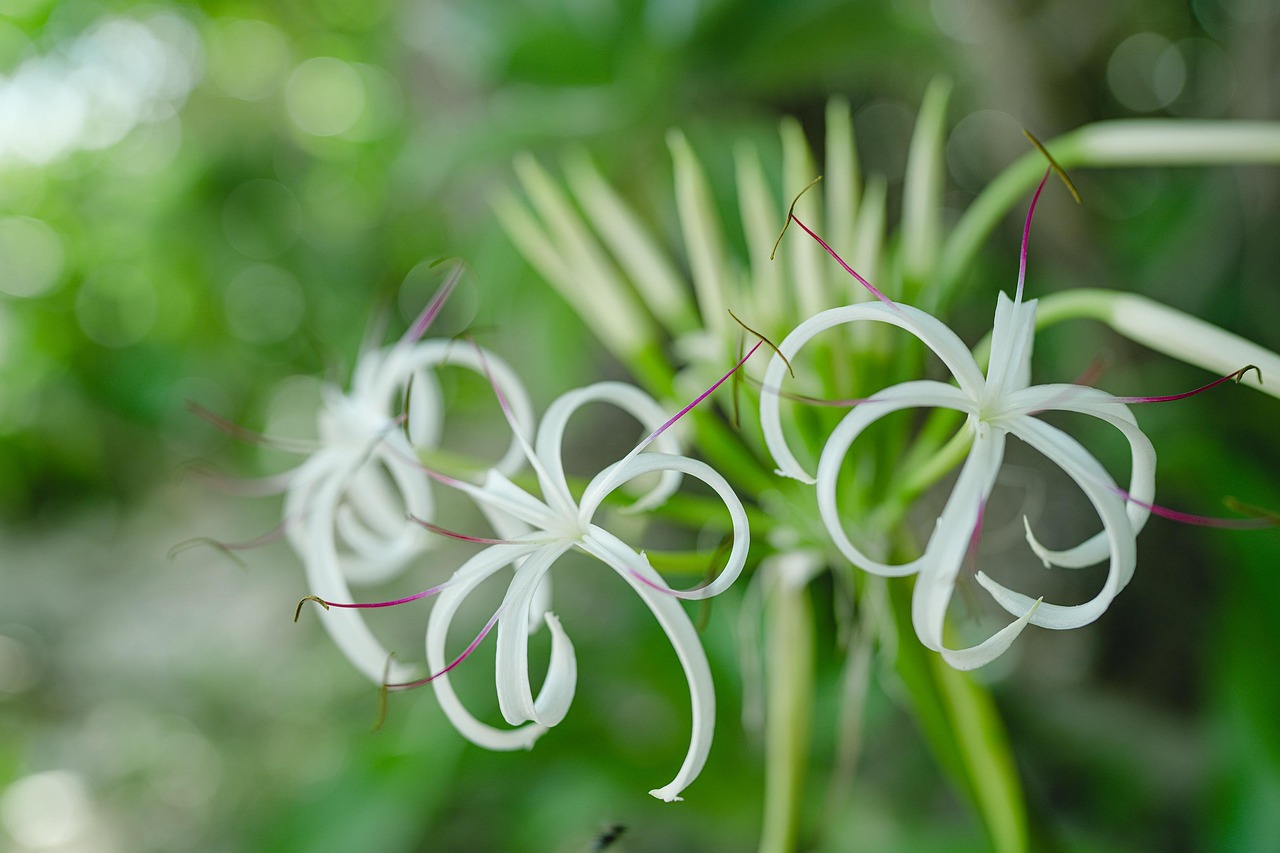Freesia | A Pure Flower from South Africa that Heralds Spring
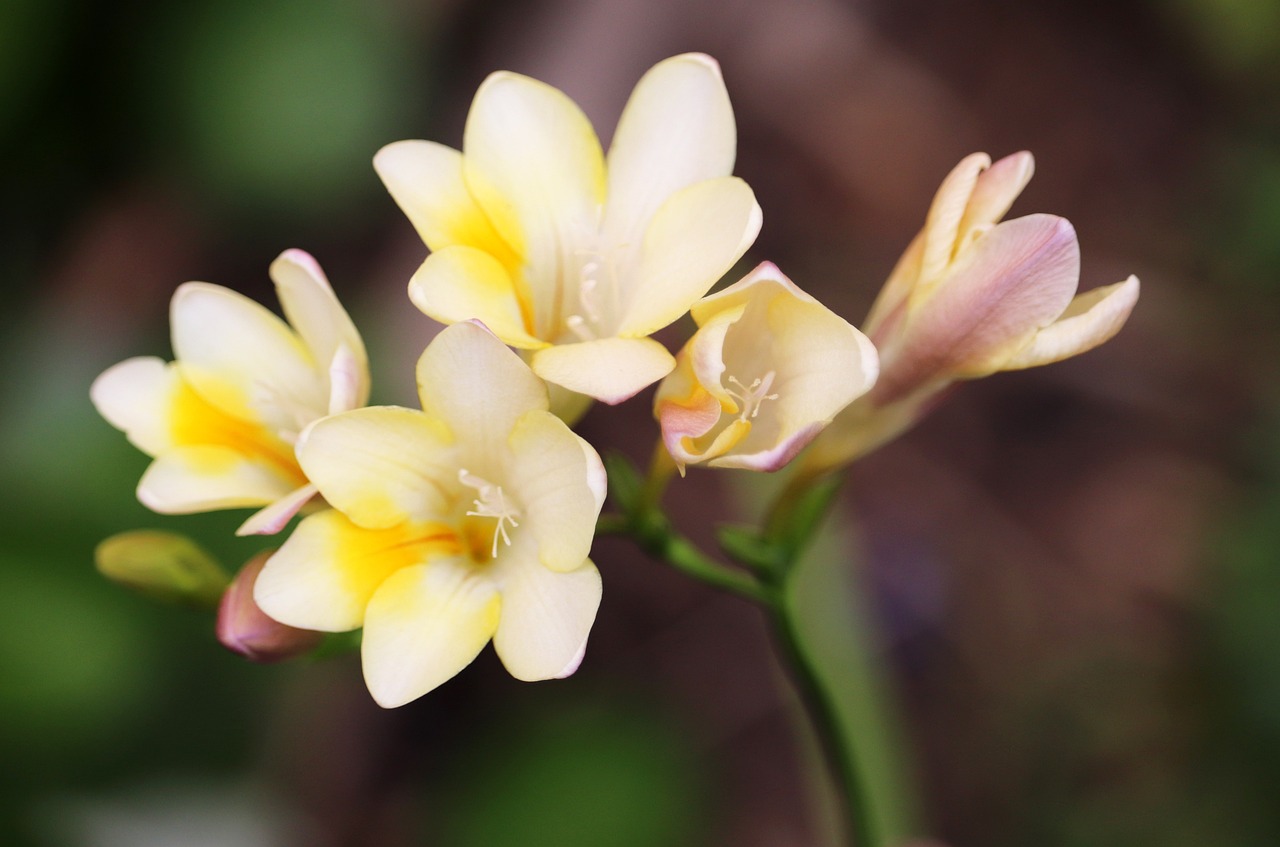
Freesia is a spring flower known for its sweet, refreshing fragrance and elegant appearance. Its colorful blooms brighten up gardens and bouquets, making it popular as a gift or as part of interior decoration.
In this article, I will introduce freesia in detail—from its basic information and cultural background to its history and gardening tips.
Basic Information
- Scientific name: Freesia
- Family: Iridaceae
- Origin: South Africa
- Appearance: Freesia produces small trumpet-shaped flowers on arching flower stalks with slender leaves. It comes in a wide range of colors including white, yellow, pink, purple, and red. With its strong fragrance, it is highly valued as a cut flower.
- Blooming season: Mainly in spring (February to April), symbolizing the arrival of the season.
Cultural Significance Around the World
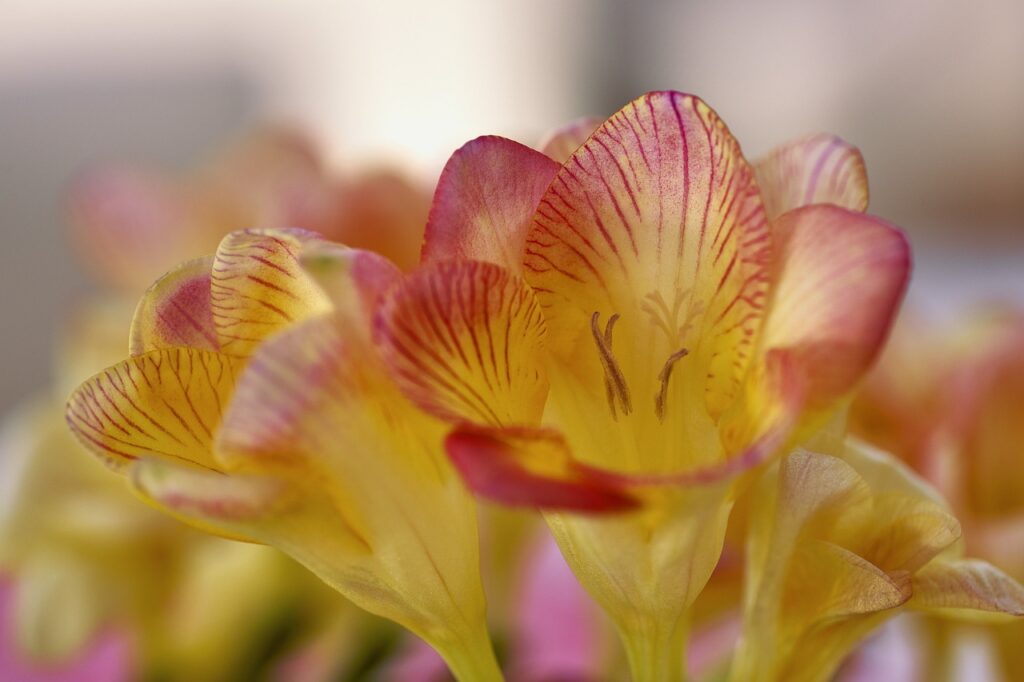
Freesia is widely appreciated for its sweet fragrance and is known in Europe and the United States as a flower symbolizing “friendship” and “purity.”
In the United Kingdom, it is especially popular as an anniversary flower, given to celebrate the 7th wedding anniversary.
In Europe, freesia is enjoyed as a spring flower and is frequently used in gardening and floral arrangements.
Its fragrance is believed to bring happiness and is often used in bouquets and perfumes.
In Japan as well, freesia is cherished as a representative spring flower, often gifted during graduation or farewell occasions.
Historical Background
The name “freesia” comes from the German botanist Friedrich Freese. In the 19th century, a South African explorer—his friend—discovered the flower and named it after Freese as a token of friendship. Since then, freesia has been regarded as a symbol of friendship and trust.
Originally from South Africa, freesia was brought to Europe, where it became especially popular during the Victorian era.
In the United Kingdom, its fragrance was adored at garden parties by the aristocracy, and it began to be cultivated widely in greenhouses and gardens. From there, freesia spread across Europe and is now loved all over the world.
Gardening Advice

Freesia prefers sunny locations and grows best in warm climates.
Bulbs should be planted in autumn so that they bloom beautifully in spring after overwintering. They thrive in well-drained soil. For potted plants, it is recommended to place pumice stones at the bottom of the pot to ensure proper aeration.
Watering should be moderate—only when the soil is dry—since overwatering must be avoided.
During the growing season, liquid fertilizer should be applied every few weeks. After flowering, remove spent blooms and allow the bulbs to rest, so that they will bloom vigorously again the following season.
Since freesia is somewhat sensitive to cold, winter protection is necessary in regions with harsh climates.
Conclusion
Freesia is a spring flower admired for its vibrant colors and enchanting fragrance. It is easy to grow even for beginners, whether in gardens or pots, making it a wonderful choice for spring gardening.
When freesia blooms, it not only announces the arrival of spring but also brings brightness to the heart. I encourage you to cultivate freesia and enjoy both its fragrance and beauty.


